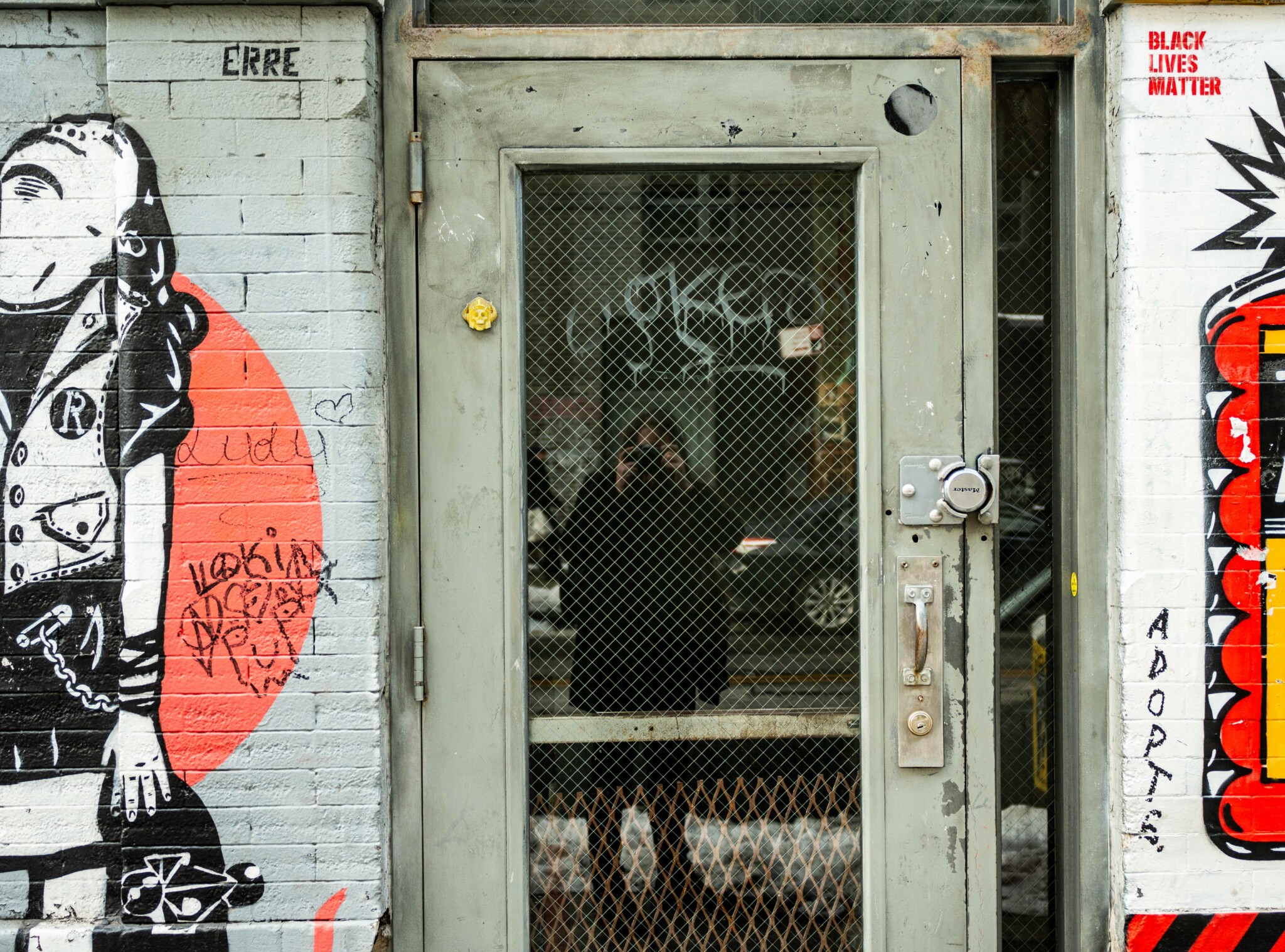We recently connected with Nico James and have shared our conversation below.
Nico, thanks for joining us, excited to have you contributing your stories and insights. We’d love to hear about when you first realized that you wanted to pursue a creative path professionally.
From a young age I wanted a creative career but I grew up in a rural area. I didn’t have many examples of what a creative career could look like. But I read a lot of books and I knew people got paid to write them. So that was the first job I wanted: writing books.
When someone in my family had a birthday, my great-aunt would choose a poem from a book for us and write it out by hand. I’d read the sort of poems that are given to children in grade school but one of these birthday poems was the first time I really caught a glimpse of what poetry could be. By middle school, I started to write my own.
Eventually we got the internet and for the first time I saw Flash animations. They were simple animated cartoons that could be delivered over the web. With the slow connection speed, I would often have to wait hours for an animation to fully load. Graceful preloading and buffering hadn’t been perfected yet so they would actually load layer by layer on the screen. If an animation had a character in it, one might first see the shadow behind the character load. Then the torso might load, followed by the arms, hands, legs, head, hair, and face. This was a sort of education for me in how these animations were made.
In high school, I ended up getting a money order from my local post office and ordering the software to make the animations. I also got a copy of Photoshop and I started to explore the process of making digital art. At the same time, I was writing poetry on every scrap of paper that I had and I played harmonica in a band.
I got my first digital camera as a graduation gift. I had had a few simple film cameras, but the digital process worked much better for me creatively. I could take as many photos as I wanted at no cost. And I could be editing them in Photoshop within minutes. The Summer before college I would walk around and take photos every chance I got. I would photograph small towns, abandoned malls, and local events. Exploring spaces with my camera was incredibly joyful for me and started my interest in street photography. The ability to take my own photographs also transformed the digital art I was making.
I went to college and majored in English with a Creative Writing specialization. I learned poetry writing from Diane Wakoski. The class format involved writing a poem every week and reading it aloud. Afterwards, we would all sit quietly while she ordered them from best to worst and then we would discuss them. The only comment she gave on my first poem was that I should really reconsider if I wanted to be a poet at all and that she might move up the lesson on meter so that we could all learn to do it properly. I was crushed, but I came back the next week with a better poem. The lessons I learned from Diane were incredibly valuable to my poetry and every medium I’ve ever pursued.
I was working as a desk receptionist early in college. I took the night shifts when very little would happen which gave me a lot of time to write poetry. My partner saw an ad for a student graphic design job and convinced me to apply for it. I knew very little about graphic design but I had a portfolio of digital art and I got the job. My boss was actually a software trainer; she trained faculty and staff how to use Adobe Software. In a short period of time, I learned several professional design programs.
I didn’t expect to make much money as a poet, so I planned to take a few photography classes in the art department and hopefully find work after college that way. But as I was walking around the art building, I saw what the graphic design classes were doing. Having already been working as a graphic designer, I decided to take on a full art degree with concentrations in photography and graphic design.
I completed two creative degrees in 5 years and I would stay up late at night reading material that had nothing to do with my coursework. I learned information design by reading case studies from MIT press and books by Edward Tufte and I also taught myself to write computer code from a book. Learning to code was another breakthrough that transformed my digital art. Among other things, it allowed me to start experimenting with randomization in my work. I created a series of randomized posters for an event. I also worked with a team to create a generative-art mural with randomized elements.
After college, I moved to New York City to pursue a commercial arts career and my digital art practice, which have a positive feedback loop between them. The skills and lessons I learn in one often benefit the other.
Most recently I’ve been exploring and incorporating AI into my processes using Stable Diffusion and Adobe Photoshop. The current state of generative AI technology involves interacting with data models through image and language inputs, to produce digital artwork. The first time I was able to get Stable Diffusion working on one of my computers, it immediately felt native to my practice. The ability to produce multiple similar variations reminded me of the randomization work I’d been doing previously. I’m very excited about the potential for this technology.

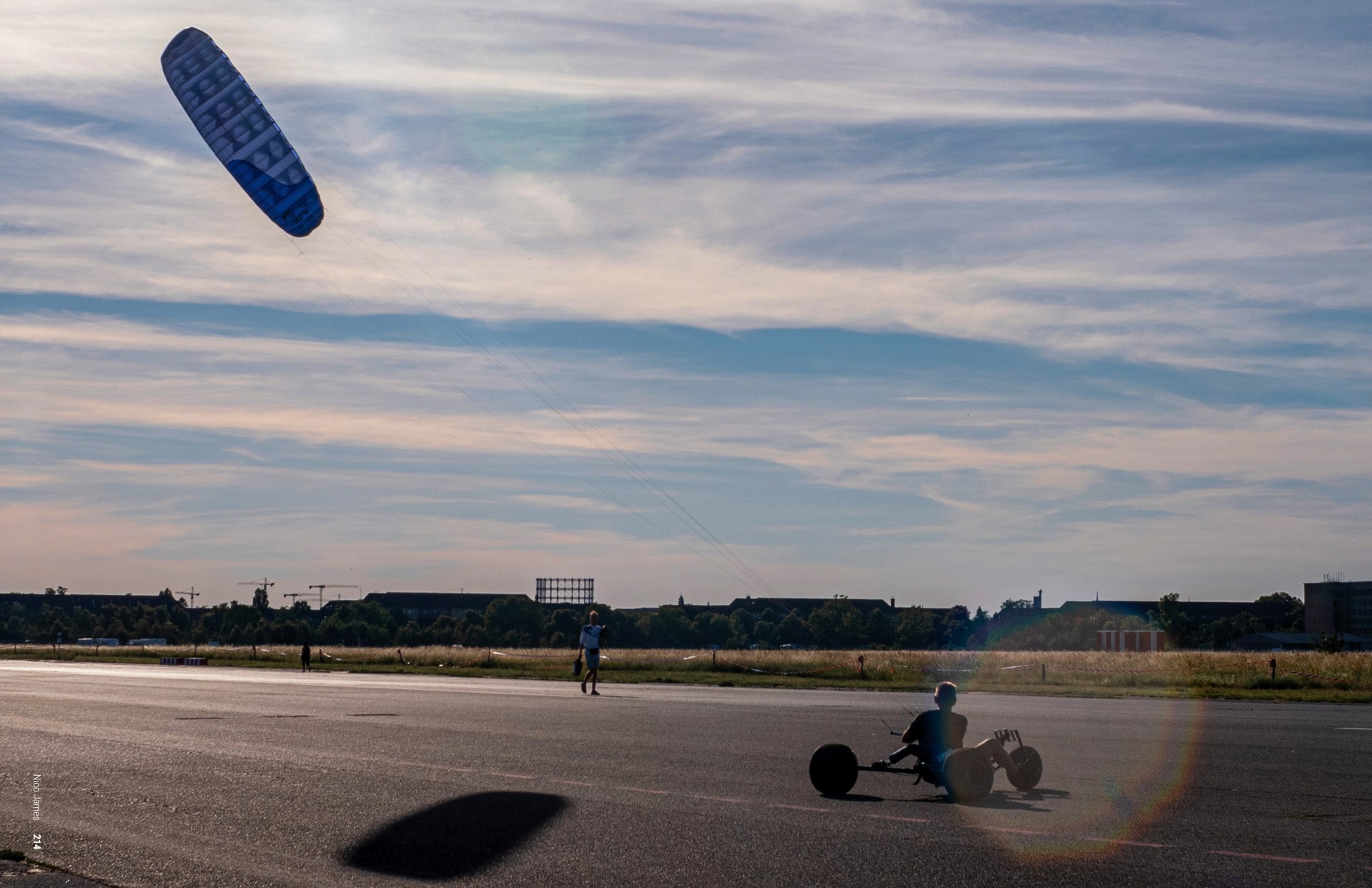
Great, appreciate you sharing that with us. Before we ask you to share more of your insights, can you take a moment to introduce yourself and how you got to where you are today to our readers.
I’m a digital artist who focuses on photography, AI, music, video, and poetry. I have a series of art books focused on street and botanical photography, a song/video called “Space,” and a series of surreal AI images.
My use of the book format connects to my history as a designer. It also represents my point of view toward my own photography, providing an opportunity to tell long-form photo stories in contrast to displaying independent images on a wall. Pairing images and sequencing spreads add dimension to the work.
For my street photography particularly, I generally do not view the work as hundreds of individual pieces, but an exploration of a place at a particular time and the book format allows me to treat that exploration as a single piece. At the time of this writing, I have a Berlin book and a Las Vegas book available. My Paris book will be released soon, and I have several more planned.
For my botanic books, the exploration is in photographic technique. They feature photographs of plants of all kinds but for each book, I explore a different photographic process. The first one is entirely black and white photography and more books are in production.
The video component of “Space” follows in the process-oriented digital work I’ve been doing for decades. I used Stable Diffusion to create an initial frame sequence, then to create additional frame sequences that were similar in structure to the original but with different visual content. Then randomization was incorporated when overlaying and transitioning between sequences.
I’ve also been working on a series of surreal AI images. Starting with my own photography, I layer AI images until I have a completed composition. In many ways this work is similar in technique to the digital compositing work I started as a teenager but the AI component has transformed it. It simultaneously feels like creating a painting and writing a poem and I look forward to exploring this process further.
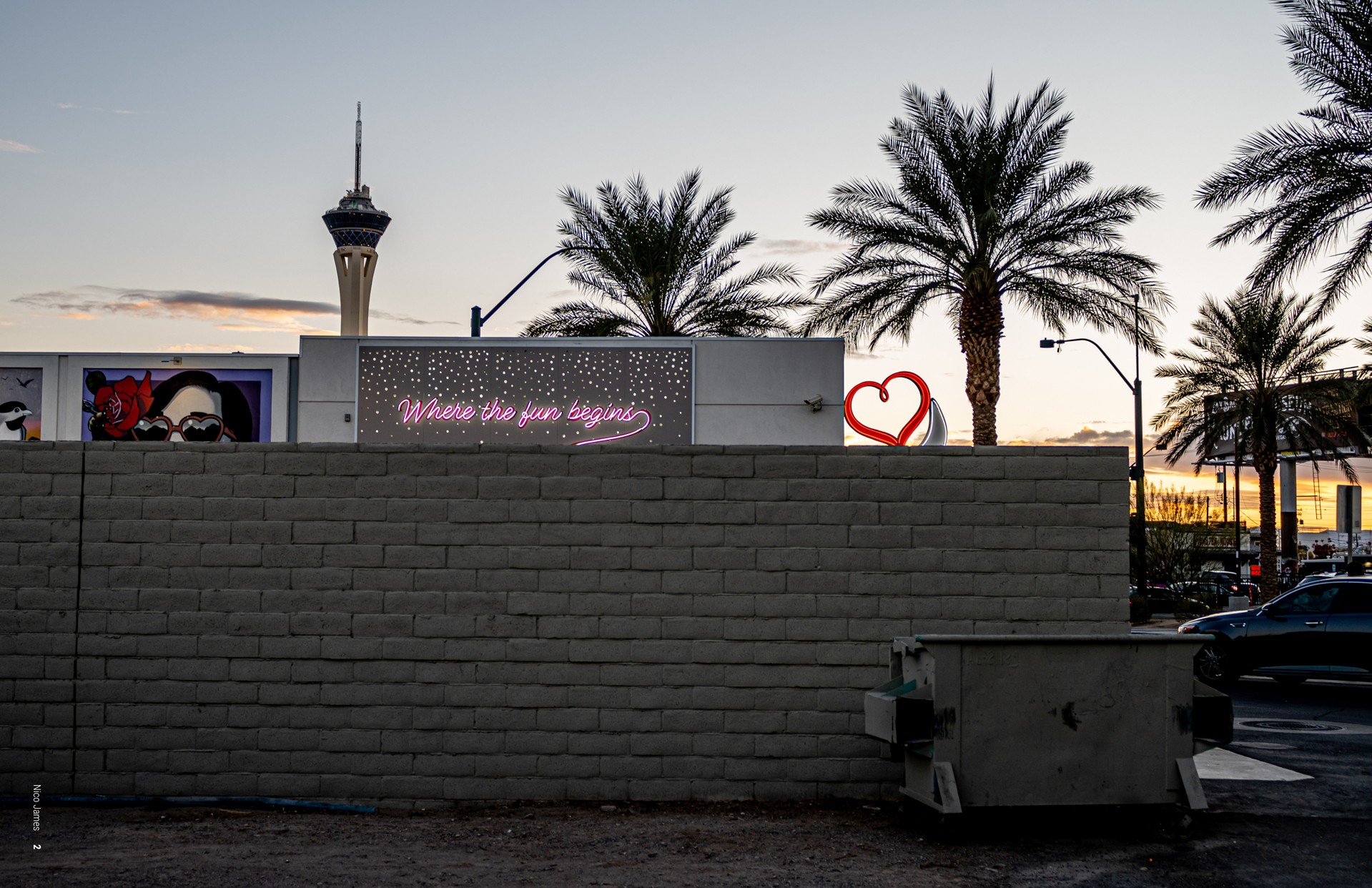
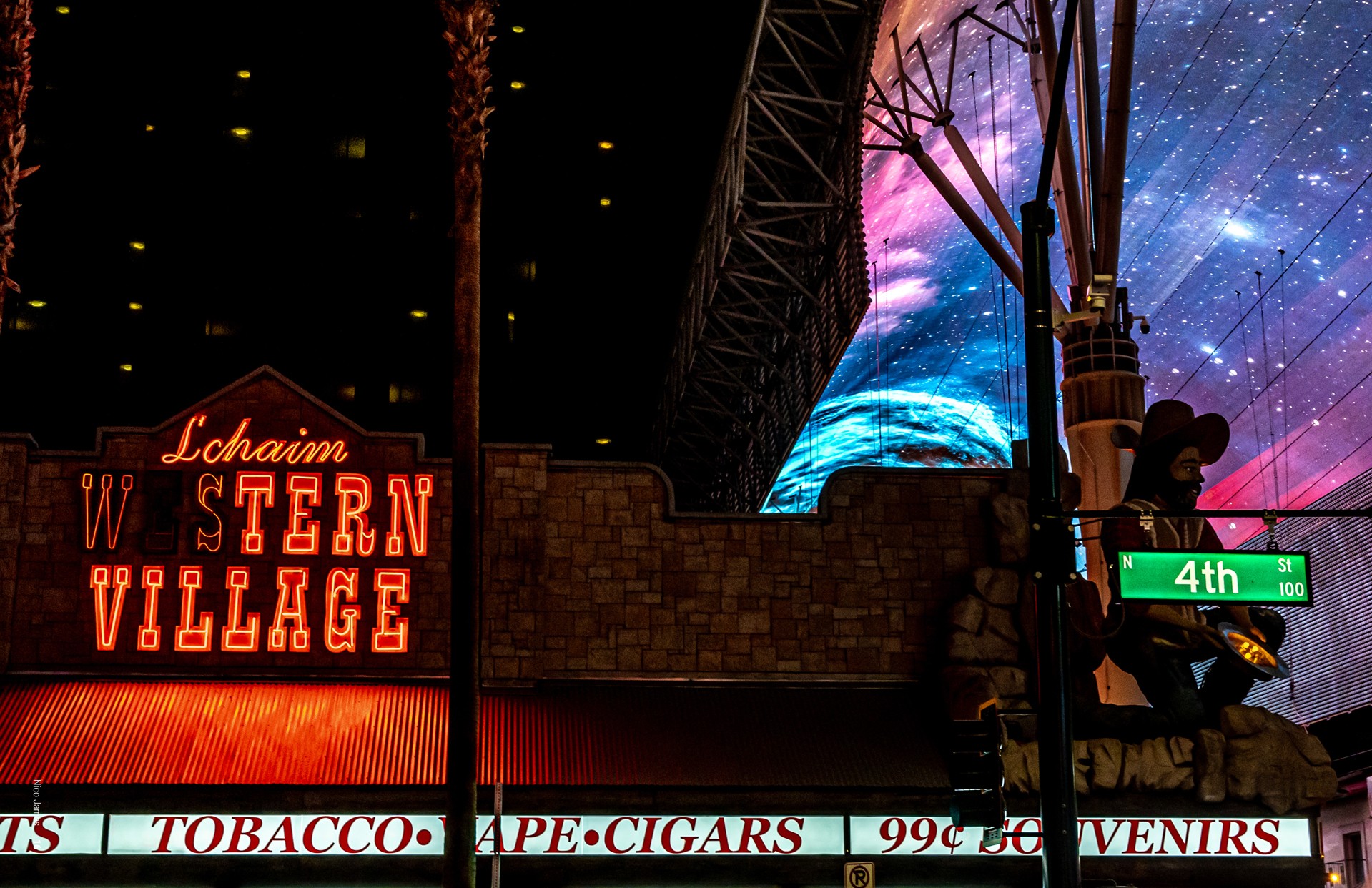
For you, what’s the most rewarding aspect of being a creative?
The best part of being an artist is making art. The rest of it is about the same as anything else in life. My mother is a very creative person. When I was growing up, she was always gardening, refinishing furniture, sewing, scrapbooking, or crafting. Strangers would often slow down when driving past our house to look at my mother’s gardens. Occasionally, if we were in the yard, they would stop, get out of their cars, and try to describe how much the gardens meant to them. The things my mom creates often have that effect on people. I have countless memories of somebody excitedly telling me about something my mom made. She would always politely accept compliments, but when pressed, she would say she did it for herself.
That’s the mentality I always come back to. It’s definitely nice when I make something that I like. It’s nice to connect with other artists and art enthusiasts. It’s also great how creative work can move a person through the world and force one to learn and experience new things. But the work itself is the real value. It’s a privilege to be alive and to make art.
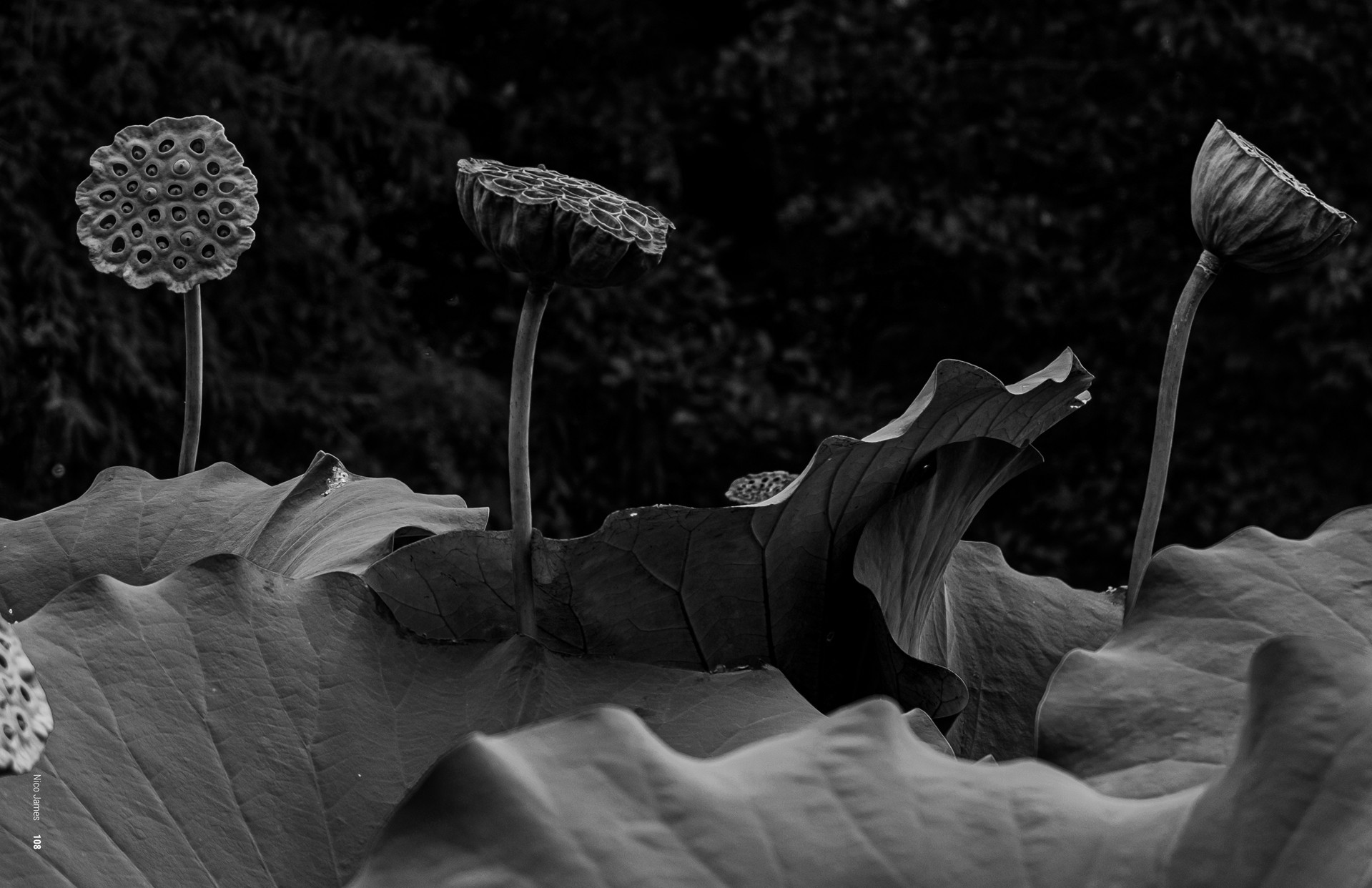

Can you share your view on NFTs? (Note: this is for education/entertainment purposes only, readers should not construe this as advice)
It seems very likely that blockchain technology will eventually transform many aspects of our society. I find it interesting that the art world is one of the first. The central theme of blockchain technology is decentralization; it will redefine power structures wherever it’s implemented. It has the potential to disrupt institutions and provide new models for artists to get paid for their work, especially for artists who do not create physical objects. So far we’ve just seen a sort of gold-rush mentality. But I am interested to see how mature and developed NFT markets will affect the art world.
Contact Info:
- Website: https://jamesni.co/
- Instagram: https://www.instagram.com/the.light.all.around.us/
- Youtube: https://www.youtube.com/@NicoJamesArt


Image Credits
Nico James


